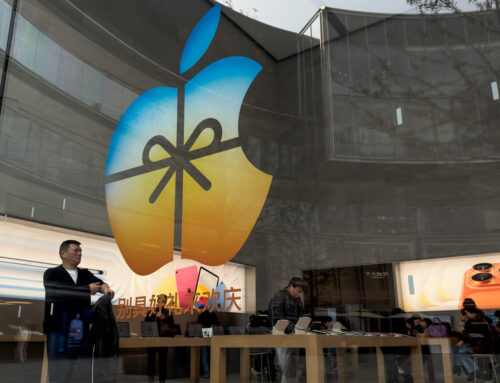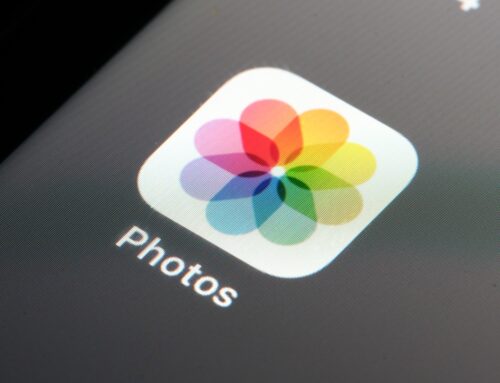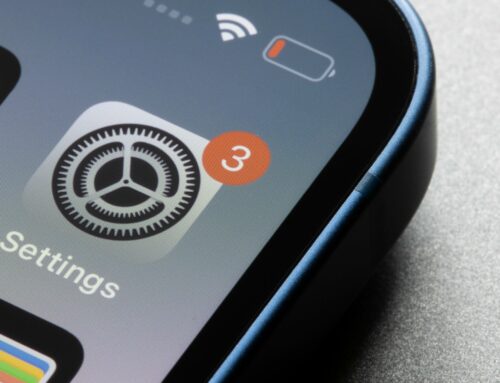Mihailomilovanovic/Getty Images
The battery is among the most crucial components of any device. Typically, our tech doesn’t last long enough for batteries to degrade to an unusable status, but lithium-ion batteries do lose performance over time.
iPhone remains a titan of the smartphone world. According to Statista, Q2 ’23 saw iPhone sales worth $51.33 billion. A new iPhone represents a significant outlay, though: The latest model, the iPhone 14 Pro, costs around $999. Quite rightly, then, many users will be reluctant to buy a whole new model hastily should their current one develop issues. Apple Support notes that chemical aging is an issue facing all lithium-ion batteries and that the Battery settings of later iPhone models include “new features to show battery health and recommend if you need to replace the battery.”
Users facing such a situation, or perhaps dreading it from a financial point of view, will be anxious to know how much it costs to replace the battery. Here’s the lowdown for iPhone users.
Costs for Apple’s own iPhone battery replacement options
Bloomberg/Getty Images
Often, when replacing sensitive components like batteries, users trust only experts for the job. It’s crucial to be careful with iPhones (here are some things users shouldn’t do). With this in mind, how much do Apple’s battery replacement options cost?
Newer and pricier iPhone models, unsurprisingly, incur higher costs. Apple’s iPhone Battery Service allows users to input their model and receive an estimated price for in-store and mail-away battery replacement (depending on the device’s warranty). For iPhone 14, Plus, Pro, and Pro Max, this cost is $99. For all iPhone X, 11, 12, and 13 models, the same service costs $89. Owners of any device in the iPhone SE, 6, 7, and 8 range will pay $69. The final models covered by the service are the iPhone 5s, also $69, and the iPhone 5, which is the cheapest at $49.
With some devices, the difficulty of procuring parts and the work involved can make buying a replacement device more cost-effective than repairing a current one. In the case of an iPhone, though, it’s generally far cheaper to have an official, professional job done by Apple. With third-party battery replacements, prices and results will vary, and the user can decide whether they’d like to go with a particular service.
The costs (and lack thereof) of AppleCare+
Kaspars Grinvalds/Shutterstock
For AppleCare+ users, this service is free for all applicable models if the iPhone battery in question is working at below 80% performance. Given the cost of an iPhone, consumers who have the means can easily be tempted to spring for this protection, but is this the best approach?
In the world of Apple devices, AppleCare is simply a brand-friendly term for a warranty. It typically amounts to one year’s protection from the date of purchase and three months’ support should your new device develop any issues. AppleCare+ allows users to lengthen this period and protect their product from potential accidents, too: Cut-price screen repairs and the like are included.
The price of AppleCare+ for iPhones ranges from $79 for two years/$3.99 monthly for the iPhone SE on the standard AppleCare+ plan to $269 for two years/$13.49 monthly for AppleCare+ Theft and Loss for iPhone 14 Pro and iPhone 14 Pro Max. It is, again, for the user to decide how comprehensive they’d like their coverage to be and how much they can spend on it. Keeping your devices in quality cases is highly recommended, though.







